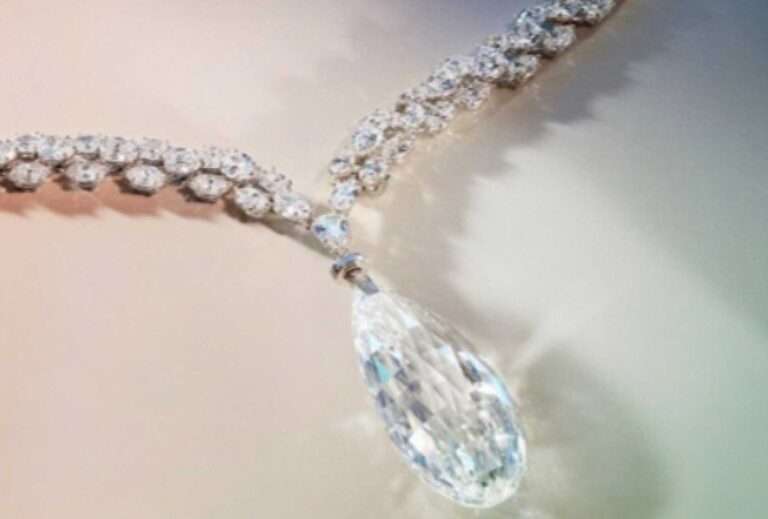Researchers have discovered that Leonardo da Vinci’s Mona Lisa masterpiece contains toxic paint.
The new study says that a recent analysis of both the Mona Lisa and the Last Supper suggests that the renowned Renaissance painter experimented with lead.
The experts say that he created a rare compound called plumbonacrite to form beneath the surface of his works.
Newsflash obtained a statement from the American Chemical Society on 11th October saying: “Leonardo da Vinci is renowned to this day for innovations in fields across the arts and sciences.
“Now, new analyses published in the Journal of the American Chemical Society show that his taste for experimentation extended even to the base layers underneath his paintings.

“Surprisingly, samples from both the ‘Mona Lisa’ and the ‘Last Supper’ suggest that he experimented with lead(II) oxide, causing a rare compound called plumbonacrite to form below his artworks.”
The statement also said: “An aura of mystery has surrounded the paints and pigments in da Vinci’s studio, leading scientists to scour his writings and artwork to search for clues.
“Many paintings from the early 1500s, including the ‘Mona Lisa’, were painted on wooden panels that required a thick, ‘ground layer’ of paint to be laid down before artwork was added.
“Scientists have found that while other artists typically used gesso, da Vinci experimented by laying down thick layers of lead white pigment and by infusing his oil with lead(II) oxide, an orange pigment that conferred specific drying properties to the paint above.
“He used a similar technique on the wall underneath the ‘Last Supper’ — a departure from the traditional, fresco technique used at the time.
“To further investigate these unique layers, Victor Gonzalez and colleagues wanted to apply updated, high-resolution analytical techniques to small samples from these two paintings.”
The statement continued: “While painters were known to add lead oxides to pigments to help them dry, the technique has not been proved experimentally for paintings from da Vinci’s time.

“In fact, when the researchers searched through his writings, the only evidence they found of PbO was in reference to skin and hair remedies, even though it’s now known to be quite toxic.
“Though he might not have written it down, these results demonstrate that lead oxides must have had a place on the old master’s palette, and might have helped create the masterpieces we know today.”
The new study was published in the Journal of the American Chemical Society titled ‘X-ray and Infrared Microanalyses of Mona Lisa’s Ground Layer and Significance Regarding Leonardo da Vinci’s Palette’.
It was authored by Victor Gonzalez, Gilles Wallez, Elisabeth Ravaud, Myriam Eveno, Ida Fazlic, Tiphaine Fabris, Austin Nevin, Thomas Calligaro, Michel Menu, Vincent Delieuvin, and Marine Cotte and was published on 11th October.
To find out more about the author, editor or agency that supplied this story – please click below.
Story By: Joseph Golder, Sub-Editor: Marija Stojkoska, Agency: Newsflash
The Ananova page is created by and dedicated to professional, independent freelance journalists. It is a place for us to showcase our work. When our news is sold to our media partners, we will include the link here.




